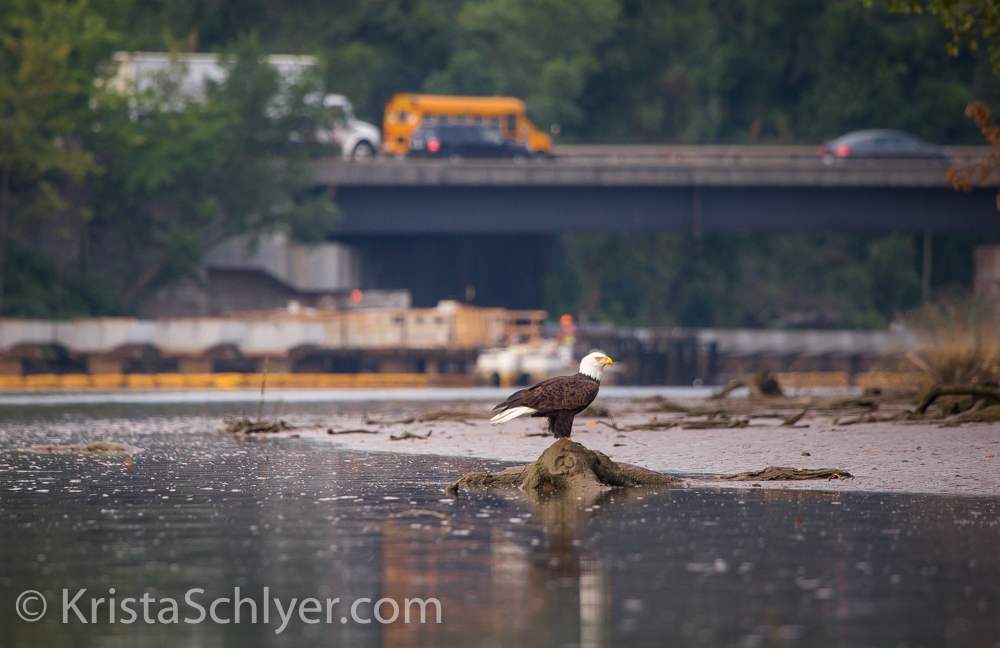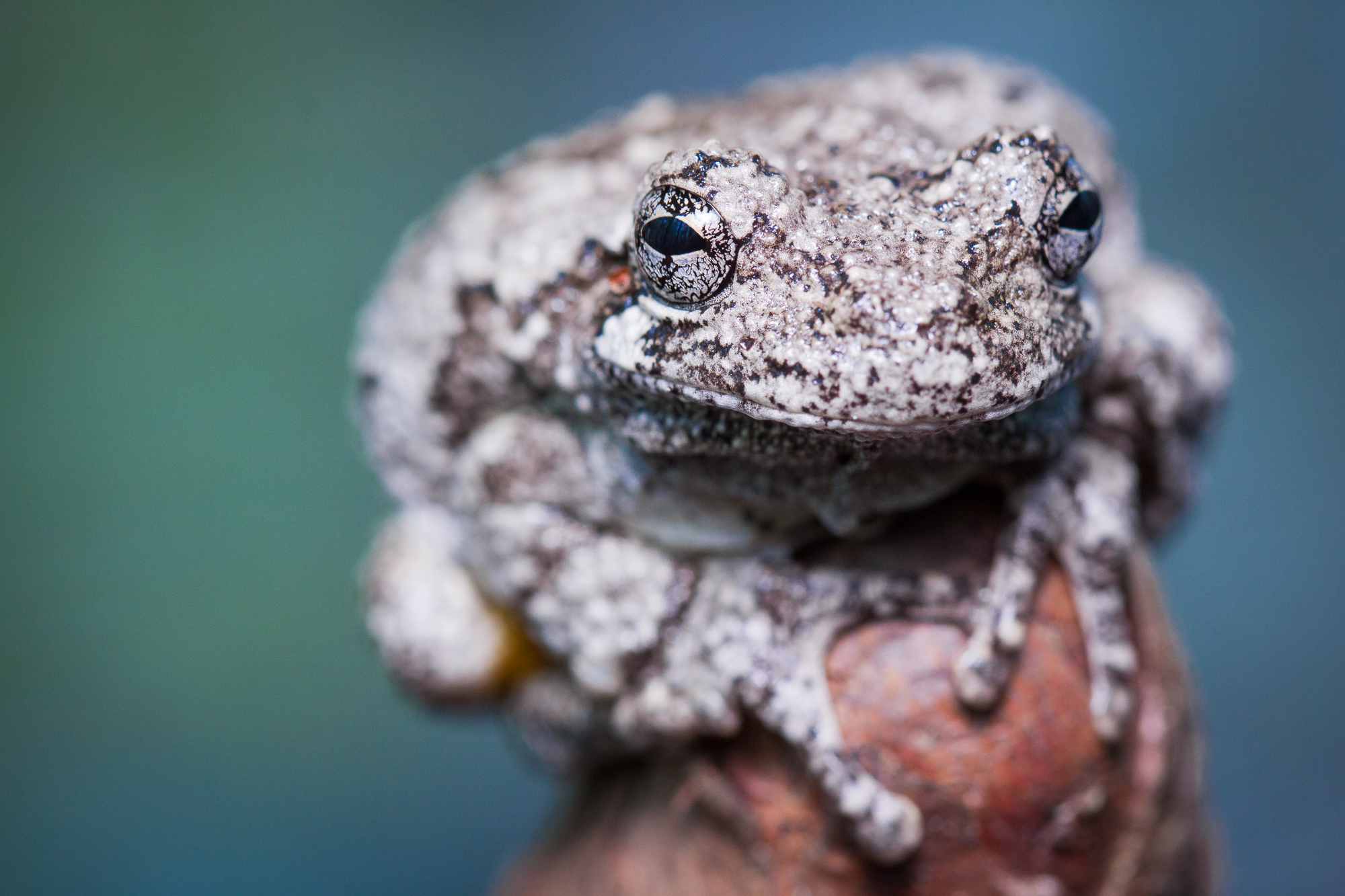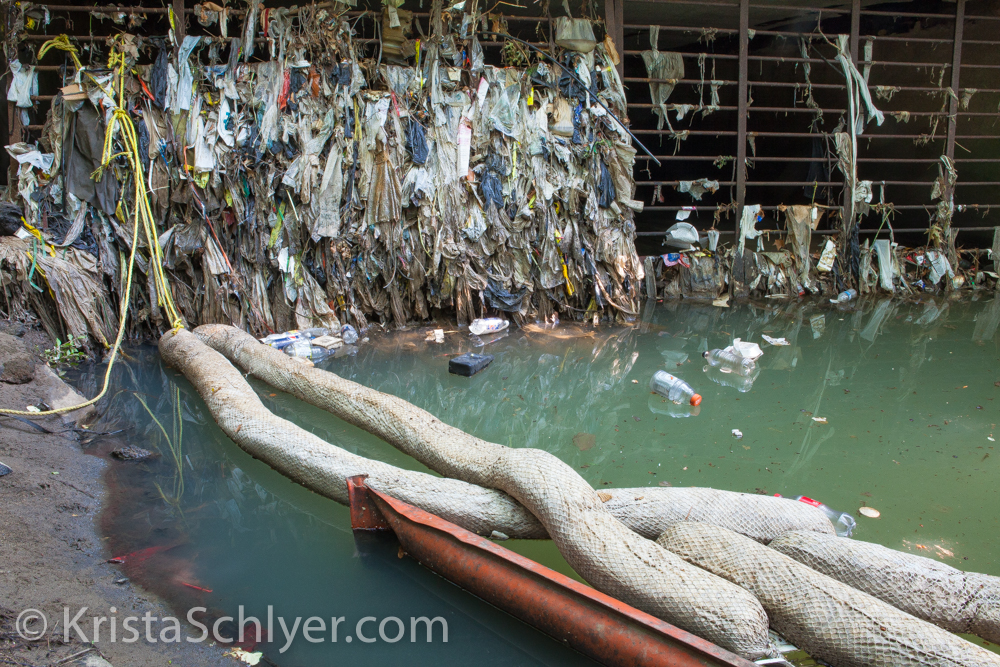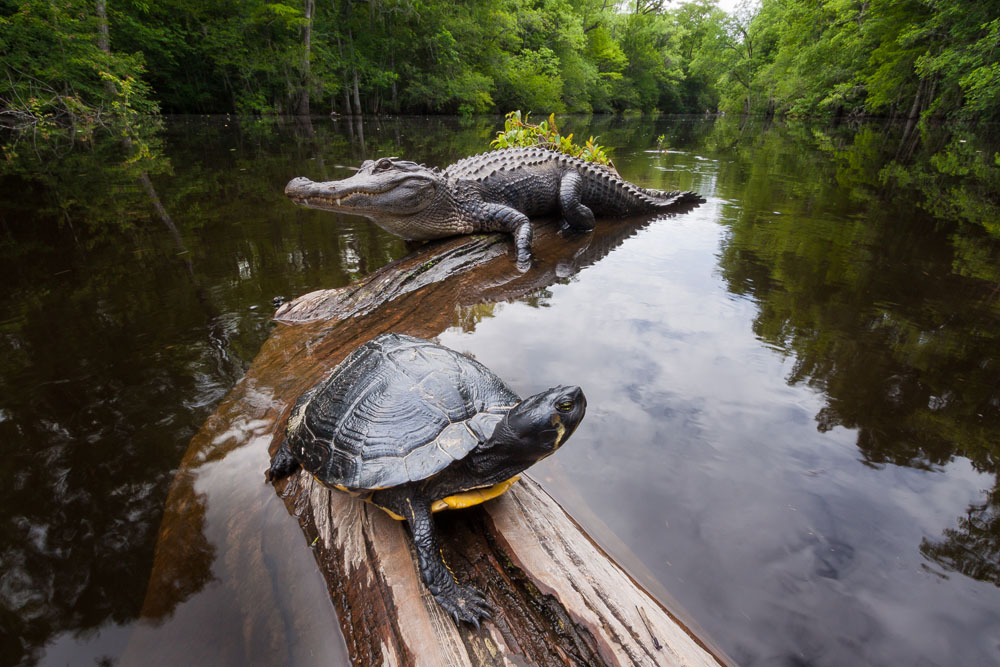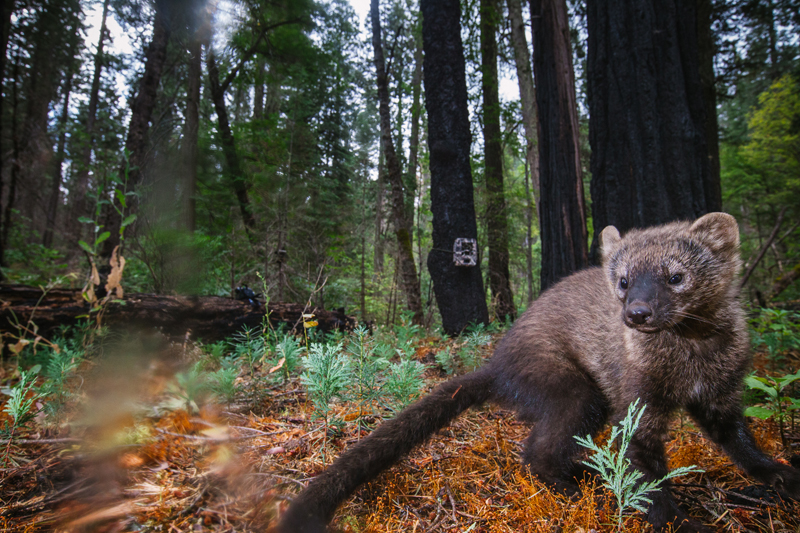Grant applications will be accepted November 1, 2024 – November 29, 2024.
The NANPA Foundation is pleased to announce that thanks to the generosity of two anonymous donors the Foundation in 2024 will be awarding two Philip Hyde Grants, each in the amount of $5,000. This conservation grant is awarded annually by the NANPA Foundation to an individual NANPA member who is actively pursuing completion of a peer-reviewed environmental project that is consistent with the missions of NANPA and the NANPA Foundation. For more information on Philip Hyde, please see his website.
Grant Criteria
- The grant will be awarded to individuals who are working on an existing project designed to improve, protect or preserve the condition of the environment.
- Recipient must be a NANPA member.
- Still photography must be an integral component in the environmental project. Projects which incorporate multimedia (video, film, time-lapse stills and audio) are eligible for the grant, but still photography must be at the core of the project.
- The environmental project may involve either wildlife or habitat protection or conservation.
- The environmental significance and the viability of the project will be the major selection criteria in awarding the grant. The grant applications are reviewed and scored by a panel of reviewers. A total of 100 points are available on each review sheet. These two criteria account for 80 of those points.
- The grant is not to be used as seed money for research or to purchase basic photography or computer equipment.
- The environmental project must already be underway.
- The environmental project need not occur in North America, but North American projects will receive 5 points on each panelists review sheet.
- All elements of the project must be performed within the legal parameters of local, regional, state and federal governments.
- Applications are only accepted online. Supporting materials may be attached electronically to the application and/or URLs may be provided in the application as additional resources regarding the project.
- A grant recipient may apply for the following year’s grant, whether for a new project or a project which previously was awarded the Philip Hyde Conservation Grant. Preference will be given to applicants who have not yet received the Philip Hyde Conservation Grant.
- A closing report shall be furnished to the NANPA Foundation no later than 90 days from the time the grant money has been completely allocated toward expenses. If all of the grant funding has not been allocated by March 31, 2025, an annual report is due at that time, followed by a closing report once grant funds have been completely expended.
- We strongly encourage recipients to attend NANPA’s Nature Photography Summit and Trade Show to accept the grant award. Because attendance would be at the recipient’s expense, it is not mandatory.
- Should the grant not be awarded in a given year, due to a lack of qualifying grant proposals, the grant money may either be awarded as an additional grant in the following year or be used by the NANPA Foundation for an environmental education project of its choosing.
- The NANPA Foundation may alter the Philip Hyde Conservation Grant qualifications and/or award criteria in any way which enhances the NANPA Foundation’s mission.
Past Recipients
2021 – David Moskowitz, Big River: Exploring the Contemporary Columbia River Watershed
2020 – Mary Lundeberg, Share the Shore with Beach-nesting Birds and their Young
2019 – Clay Bolt, Sky Island Bumble Bees: The Affect of Climate Change on Life at the Top of the World
2018 – Mac Stone, Old Growth: Ancient Swamps of the South
2017 – Morgan Heim, Trepass: The Environmental Costs of Marijuana Cultivation on Public Land
2016 – Krista Schlyer, Anacostia River
2015 – Alison M. Jones, No Water No Life
2014 – David Herasimtschuk, Hidden Rivers: The Freshwater Biodiversity of the Southern Appalachia
2012 – Jaime Rojo, San Pedro Mezquital River, Mexico
2011 – Beth Huning, Turning the Tide: San Francisco Bay Area Wetland Restoration
2010 – Paul Colangelo, Sacred Headwaters, Sacred Journey
2009 – Joe Riis, Pronghorn Passage
2008 – Amy Gulick, The Tongass National Forest, Alaska
2007 – Jenny Ross, The Salton Sea
2006 – Florian Schulz, Yellowstone to Yukon: Freedom to Roam
2006 – Stan Buman, Loess Hills: Restoring the Image
2005 – C.C. Lockwood, The Vanishing Marsh: Two Views
2004 – Ned Therrien, Monadnock Conservancy
2004 – Wendy Shattil and Robert Rozinski, Jewels of Colorado
2002 – Rich Reid, Gaviota Coast, California
2001 – Rich Reid, Gaviota Coast, California
2000 – Thomas Mark Szelog, Save Our Seals
1999 – Gary Braasch, World View of Global Warming
FOR IMMEDIATE RELEASE
Photographs to engage public in renegotiation of Columbia River Treaty
NANPA Foundations supports efforts with Philip Hyde Conservation Grant
Alma, IL — The NANPA Foundation awarded its 2021 Philip Hyde Conservation Grant to David Moskowitz for support of his project Big River: Exploring the Contemporary Columbia River Watershed. Moskowitz will use his photographs to educate and engage the public in the renegotiation of the Columbia River Treaty, as parts of it are due to expire in 2024.
The Big River project will include a photography book and website featuring an interactive map that allows visitors to explore the river’s watershed, learn about its conservation issues, and meet partners leading efforts to protect it. The $2,500 grant will cover expenses of ongoing field work to create images. Moskowitz has already completed over 20 photo field trips across the region since 2019, methodically building a shot list of images needed to tell the river’s complex story of water management and salmon restoration.
The Columbia is the largest river to drain into the Pacific Ocean from North or South America. It wanders 1,243 miles across seven U.S. states, one Canadian province, and dozens of First Nations territories, connecting widely disparate ecosystems and human cultures. Photographs from the grant-funded project will help a wide variety of stakeholders, including tribes and First Nations that wish to exercise their sovereignty to participate in the treaty process in general and seek to add a third rail of Ecosystem Function to the renegotiated treaty.
Moskowitz is a wildlife biologist, outdoor educator, and photographer focused primarily on the western U.S. and Canada. He is photographer and author of the books Caribou Rainforest, Wildlife of the Pacific Northwest, and Wolves in the Land of Salmon as well as co-author and photographer of Peterson’s Field Guide to North American Bird Nests.
“I aim to bring wild animals and overlooked ecosystems out of the shadows and into the lives of people far and wide,” says Moskowitz, a proud member of NANPA. Moskowitz continues, “Funds from the Philip Hyde grant will allow me to continue my field work documenting the rich biodiversity and cultural landscape of the Columbia River and generate support of ongoing conservation and environmental justice issues unfolding across this vast watershed.”
NANPA Foundation’s grant was named for Philip J. Hyde, primary conservation photographer for the Sierra Club whose color images of Western landscapes became a weapon against environmental degradation. Photographers receiving the grant are following in his footsteps of environmental protection through photography. Moskowitz’s award is the 23rd project supported by the grant fund.
About NANPA Foundation NANPA Foundation is the charitable arm of the North American Nature Photography Association. It raises funds and provides resources to advance awareness and appreciation of nature through photography. Learn more at nanpafoundation.org.

